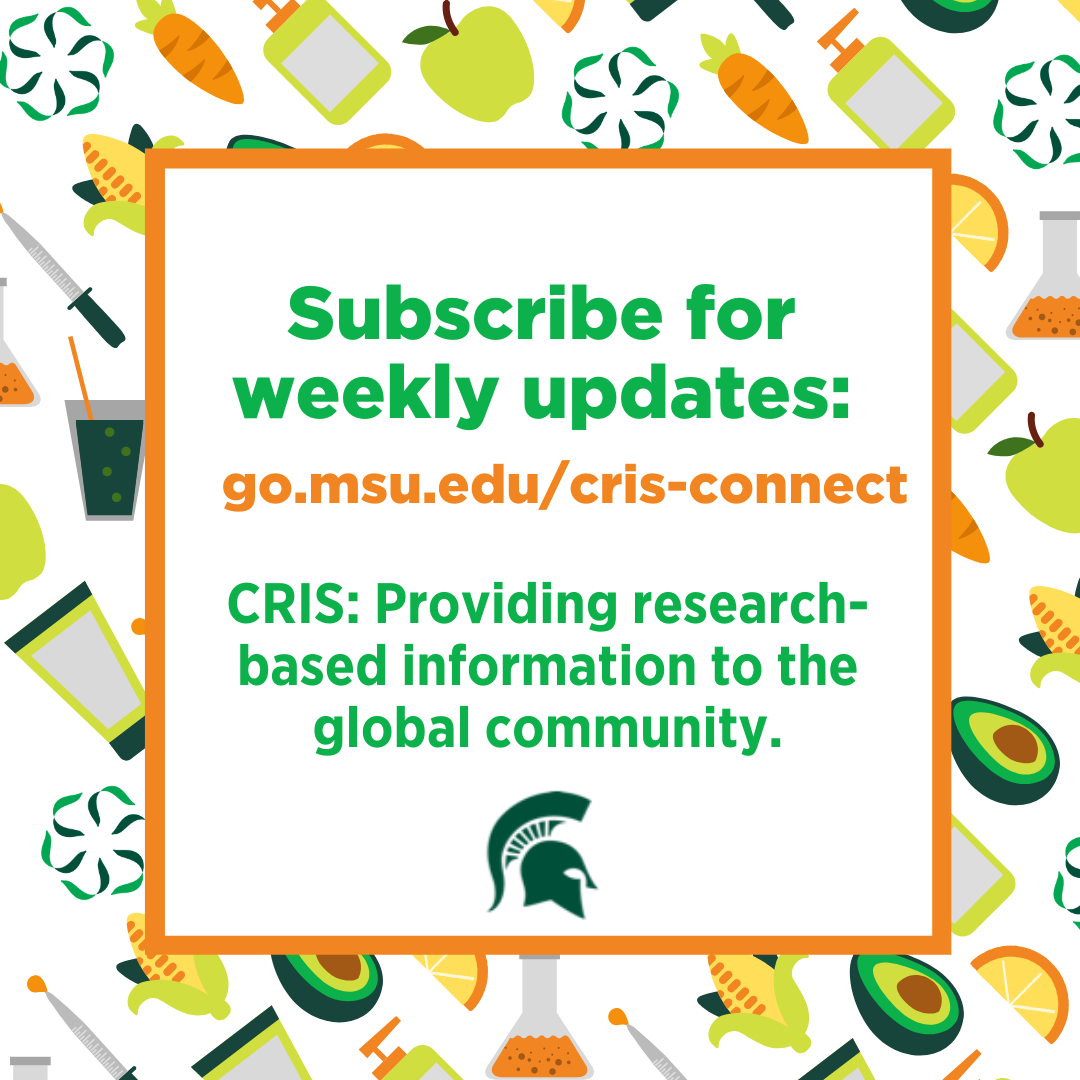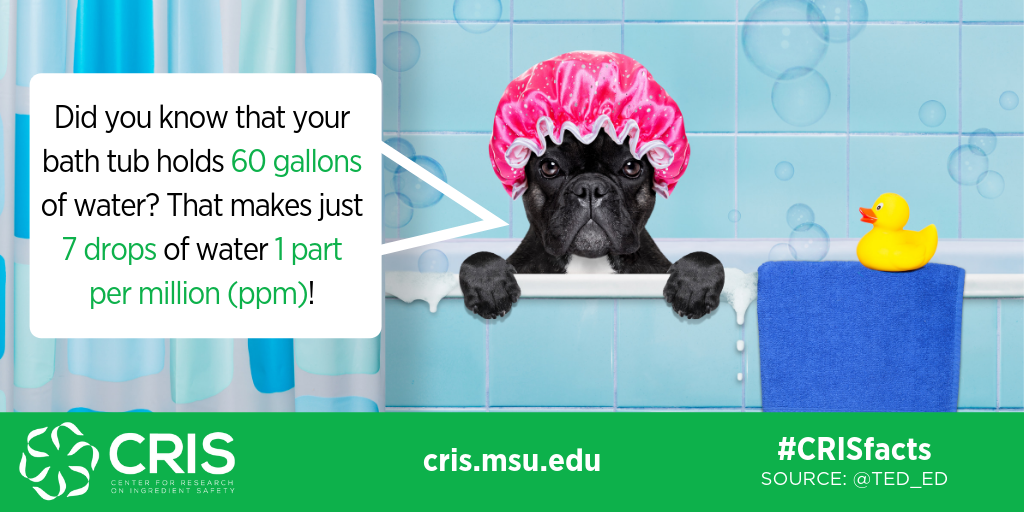Trace Contaminants & Residues – Pesticides
While the idea of pesticides can invoke many strong emotional responses, in this post, we’ll explore pesticides’ purpose, how they end up in our food and water, and if they pose harm to human health.

What is a pesticide?
A pesticide is a broad term used to describe natural and synthetic chemicals (remember everything is a chemical!) that can harm or kill organisms, including insects, invasive weeds, fungi, rodents, bacteria, and more.
What is a pesticide’s purpose?
Pesticides have a wide range of purposes. While they are most commonly associated with agricultural use in the prevention of weeds, insects, and more, we also use pesticides in our daily lives.
insects, and more, we also use pesticides in our daily lives.
Disinfectant cleaning products, such as bleach, are pesticides because they kill organisms like bacteria. Home-use insect control products, such as wasp and hornet killer, are also pesticides because they kill insects.
In this post, we’re going to focus on pesticides in agricultural use, but it’s important to note that we safely use pesticides regularly.
How are pesticides used in agricultural situations?
Pesticides are used in traditional and organic farming practices to control harmful insects, fungi, and more from causing crop damage.
Organic farming relies on naturally-derived pesticides and some synthetically-derived products like pheromones as well as other farming practices like crop rotation and limiting monoculture to protect crops (1,2).
Traditional farming relies on synthetically or naturally-derived pesticides and products to ensure crop growth and harvest.
Are naturally-derived pesticides safer than synthetically-derived pesticides?
Both naturally-derived and synthetically-derived pesticides must meet the same safety standards.
Any chemical can cause adverse health impacts at specific levels. Remember, deadly arsenic is a natural product that can cause harm, and doctors use deadly botulism in patients safely.
For years, farmers used the naturally-derived pesticide rotenone in organic farming. Researchers later discovered that exposure to this pesticide could cause Parkinson’s Disease-like symptoms, so farmers discontinued its use in agricultural practices. The same can be said for other synthetically-derived pesticides like DDT.
As researchers learn more about pesticides and their toxicological properties, regulations and uses are changed to reflect the latest science. The origin of the pesticide does not matter if it can cause harm.
How are they regulated?
Multiple U.S. federal agencies control pesticide use and allowable residue levels, including the U.S. Environmental Protection Agency (EPA), Agricultural Department (USDA), the Food & Drug Administration (FDA).
The EPA has an established registration process for all pesticides that include in-depth, peer-reviewed risk assessments to measure the impact on human, environmental, and animal life before they are allowed on the market.
Registered pesticides have a chemical and toxicological profile available to the public that includes the amount of residue safely allowed on specific food products.
Regulations are enforced by local, state, federal government organizations to ensure residues are below allowable levels (1,2).
How much residue is allowed?
Researchers determine the safe level by evaluating the product’s toxicological profile and setting a limit that’s measured in parts per million (ppm).
A part per million is a small measurement representing one part in a whole entity of one million parts. For example, 7 drops of water in a 60-gallon bathtub is 1 part per million (ppm).

Ted Ed put together a fantastic video helping to explain parts per million.
When we talk about parts per billion (ppb) or parts per trillion (ppt), it’s an even smaller number. While billion or trillion sounds like it would be a larger quantity, it is a much small quantity by a much larger magnitude.
For example:
1 ppm = 0.000001 of 1
1 ppb = 0.000000001 of 1
1 ppt = 0.000000000001 of 1
It’s essential to keep the actual amount of residue in perspective because while it may sound like a large number, it’s minimal when compared to the overall product.
Let's take a look at glyphosate.
Glyphosate is a pesticide used in the growth and harvesting of many crops. Sometimes, there can be glyphosate residue left on the food products.
Will this cause us harm?
Let’s look at grain. Sometimes, glyphosate residue can be found on grain, in one situation, many grain products were tested, and the highest level of glyphosate residue found on the grain products was 2.8 ppm. We know the safe level is 30 ppm based on the EPA’s assessment. We know 2.8 ppm is well below the safe level of 30 ppm, meaning this small amount glyphosate residue is well below the safety threshold, so it’s safe for us to consume.
Is there any way to get rid of the residues?
The FDA recommends washing produce with plain water and or using a scrub brush to remove visible dirt from produce. While this could remove some residue, this process is unlikely to remove all the residue. Again, the residue is still below safe allowable levels.
The good news.
As technology advances, we continue to learn more about pesticide safety and ways we can improve our agricultural processes. Already drones and other precision technologies are helping farmers better target pesticide use to minimize further the amount of pesticides needed and continue enhancing crop yields. As these technologies take root, we know our food supply is safe and will continue to get safer



 Print
Print Email
Email




